Distracting decadence: how Silvio Berlusconi’s legacy shaped Italian TV
Stefano De Luigi's monograph Televisiva examines how Berlusconi’s empire reshaped Italian TV, and subsequently infiltrated the premiership
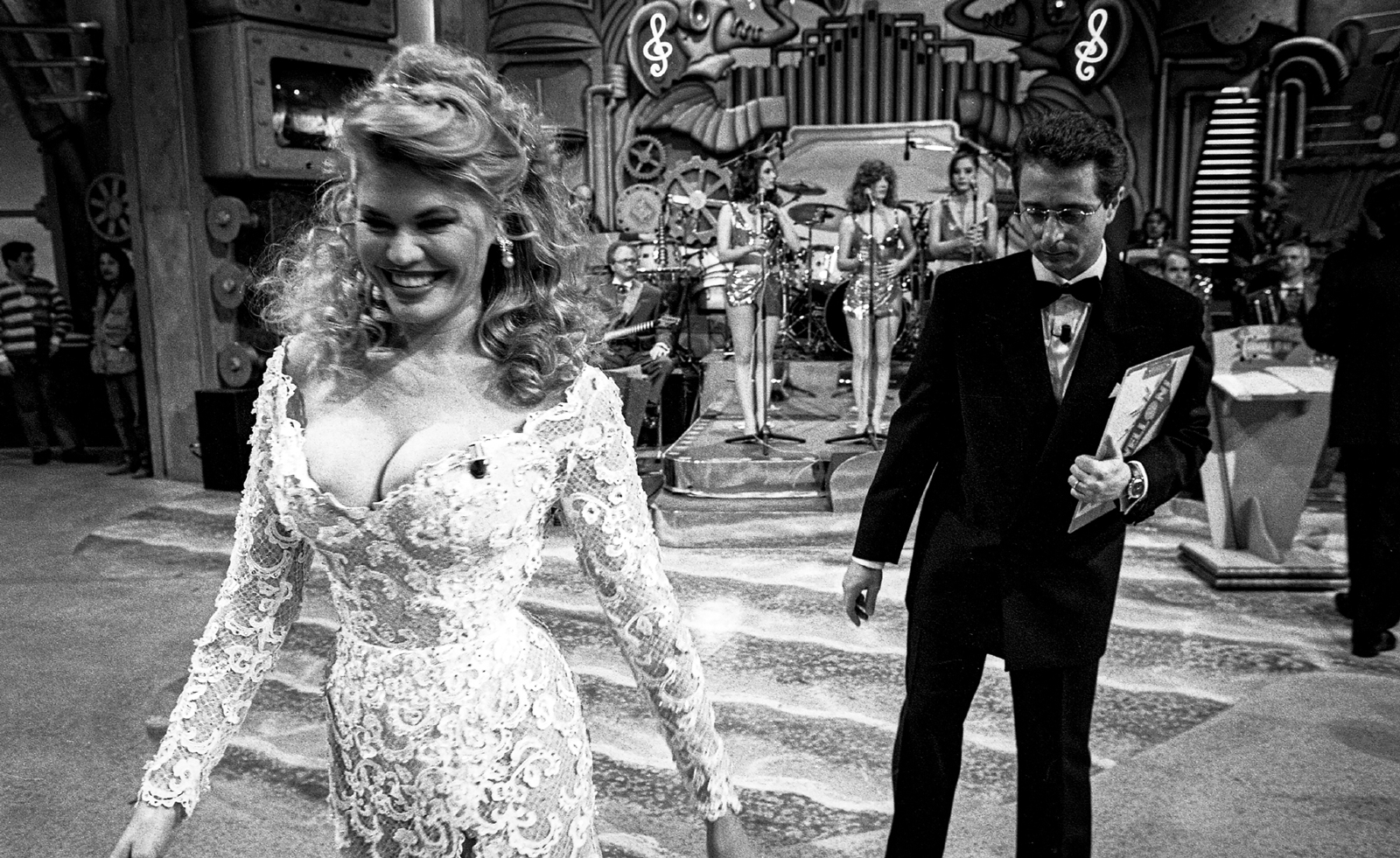
In his glossy 2018 feature Loro, director Paolo Sorrentino offers a contentious depiction of the late media tycoon-turned-political heavyweight Silvio Berlusconi, largely echoing the stylish veneer adopted by the controversy-laden Italian mogul (writing in The Guardian in 2019, Peter Bradshaw described the film’s lead, Sorrentino’s frequent collaborator Toni Servillo, as ‘such a smart and sympathetic actor that he surrounds Silvio with an aura that he doesn’t deserve’). In his new monograph Televisiva, Stefano De Luigi assumes a different position, interrogating Berlusconi’s legacy by focusing on how his empire reshaped Italian TV, and subsequently infiltrated the premiership.
‘I was living in France, so it was “how can I explain, to a foreign public, how it’s possible that this tycoon is taking political power in Italy”,’ the photographer says today, recalling the project’s beginnings following Berlusconi’s initial ascent to power in March 1994, having founded the centre-right party Forza Italia just a few months prior. ‘I thought, as a photographer, I need a place, an environment, I need something visual.’
Working for foreign press gave him access to, and agency within, television studios (‘It was very easy, people were flattered’) and he began what would ultimately become a 15-year project documenting the country’s changing media landscape, and audiences’ complicity in it (the book’s scenes he describes as a ‘perfect mirror of society’).
The images in Televisiva highlight a fashion for grossly decadent game shows
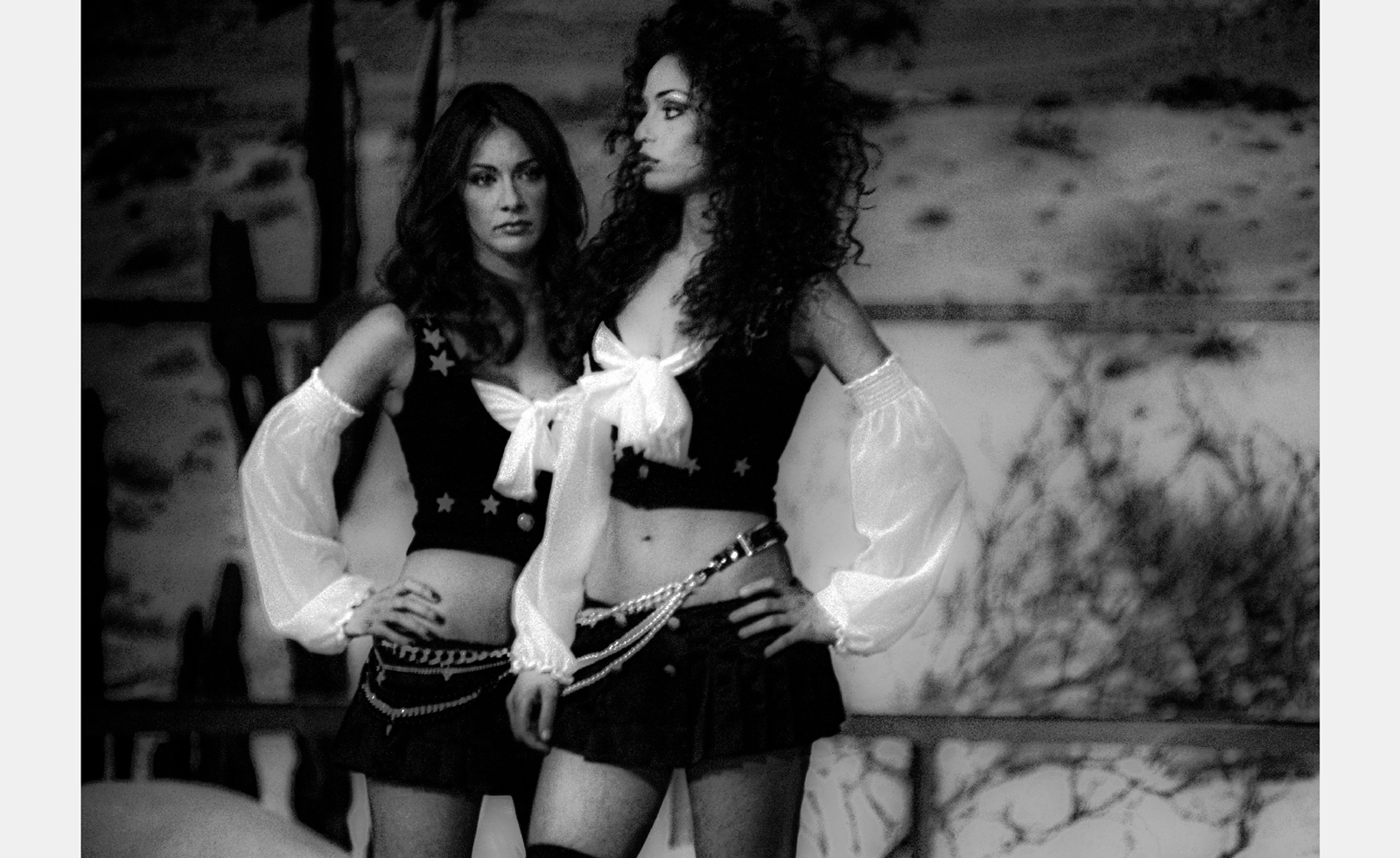
Shot exclusively in black and white, the images in Televisiva highlight a fashion for grossly decadent game shows: glamorous women, usually young and often not wearing much, are a frequent motif, while older men appear mostly in suits, others in some form of fancy dress. A further picture, rejecting these tropes, foregrounds the emergence of a new era in television, with a bare-chested man fixing his hair, a small microphone hanging around his neck. It’s a familiar sight for more contemporary audiences privy to shows like Love Island, but the young man here is one of the early contestants on Italian Big Brother, Grande Fratello. ‘I thought maybe I was ending the work in 2000, but then there was the first edition of Big Brother; a big change,’ shares De Luigi. ‘I thought, “It’s not the television anymore, going into the houses of Italians, it is the Italians going inside the television”.
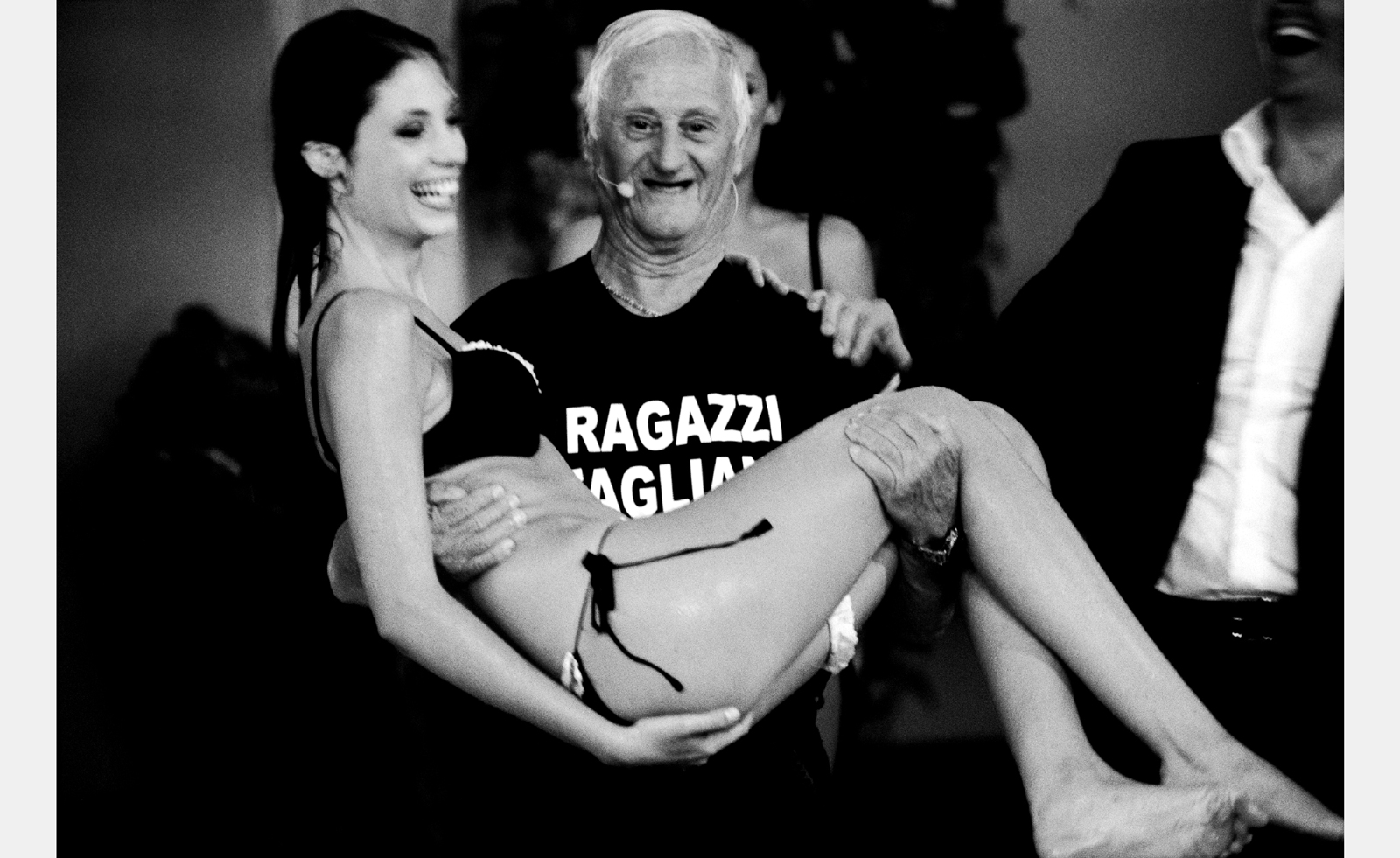
‘You could really build your career… [Matteo] Salvini and [Matteo] Renzi, two main political figures in Italy, they started on game shows’
Stefano De Luigi
‘From 1994 to 2000 television was very divisive, as they introduced this “either you think like me, or you are an enemy [attitude]”,’ he continues, reflecting on the rise of Berlusconi and concurrently, this new perspective (by 2002, the mogul would have some form of control over 90 per cent of Italian TV). ‘There was no space for critical thoughts. What we could see on television then in Italy was this new spirit, of freedom and expression – the terrorism years were not so far away – so this kind of programme, very light and amusing on the surface [became popular].’
The photographer, however, argues that it pushed an agenda, presenting women like furniture and adopting a type of vulgarity he found tough to navigate. This opinion proved an anomaly: many others were encouraged to appear on TV as an avenue for professional opportunities. ‘You could really build your career – one Big Brother participant [Rocco Casalino], for three years he was the spokesman of the government,’ notes the photographer. ‘Today it’s the same, [Matteo] Salvini and [Matteo] Renzi, two main political figures in Italy, they started on game shows.’
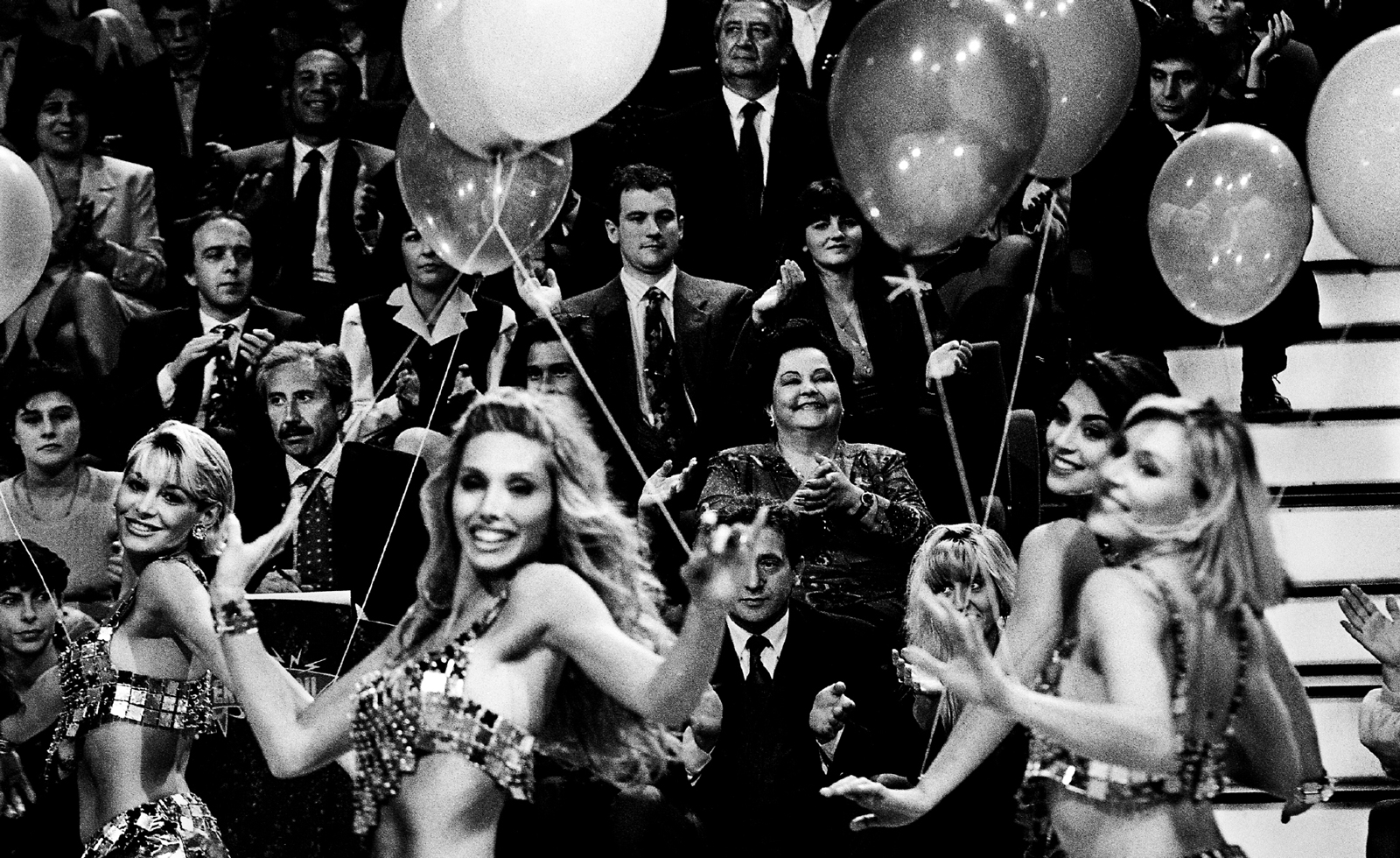
De Luigi’s decision to shoot solely in black and white was a responsive one, employed to create distance, he explains. ‘These television shows were very colour-saturated – I wanted people to understand what they were watching. [With black and white] suddenly they describe another world, much more pathetic, more violent and pornographic; if you were watching in colour it was like a circus. It was very Fellinian somehow, but for me the message was horrible.’
Receive our daily digest of inspiration, escapism and design stories from around the world direct to your inbox.
Similarly, publishing the photography book now, more than a year since Berlusconi’s passing, was a conscious choice and one that De Luigi hopes will provide a greater historical lens, additionally underscoring the parallels between Berlusconi’s trajectory and more current political figures. ‘These pictures aren’t immediately connected to a folkloristic character like Berlusconi, they can be understood by many,’ he offers. ‘I was a privileged observer, because I was living outside, I could really watch what was going on then. I was in the right time, the right place, so I worked on this subject because I was really concerned. I'm still concerned, somehow.’
Televisiva by Stefano De Luigi is published by L'Artiere, €55, lartiere.com
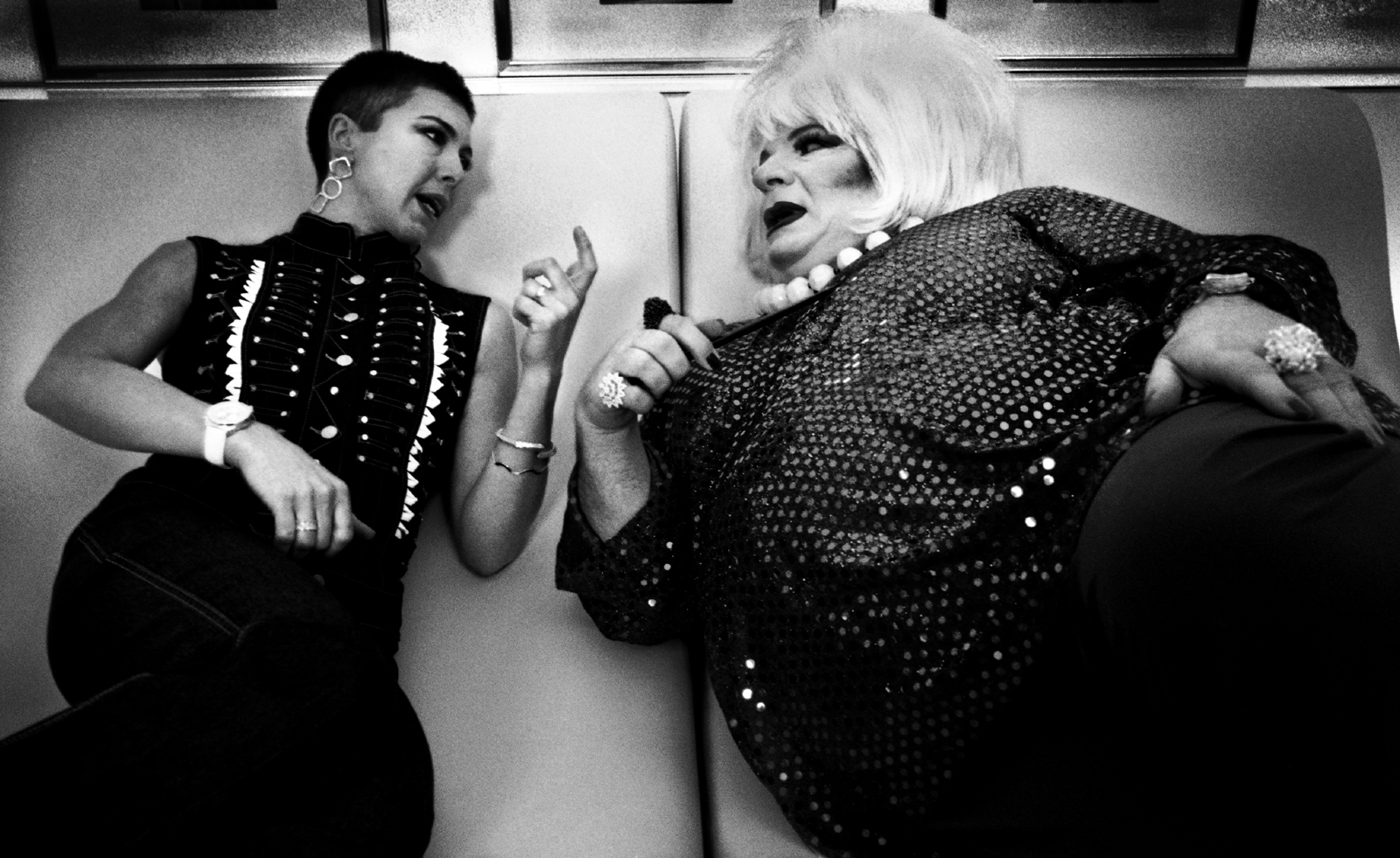
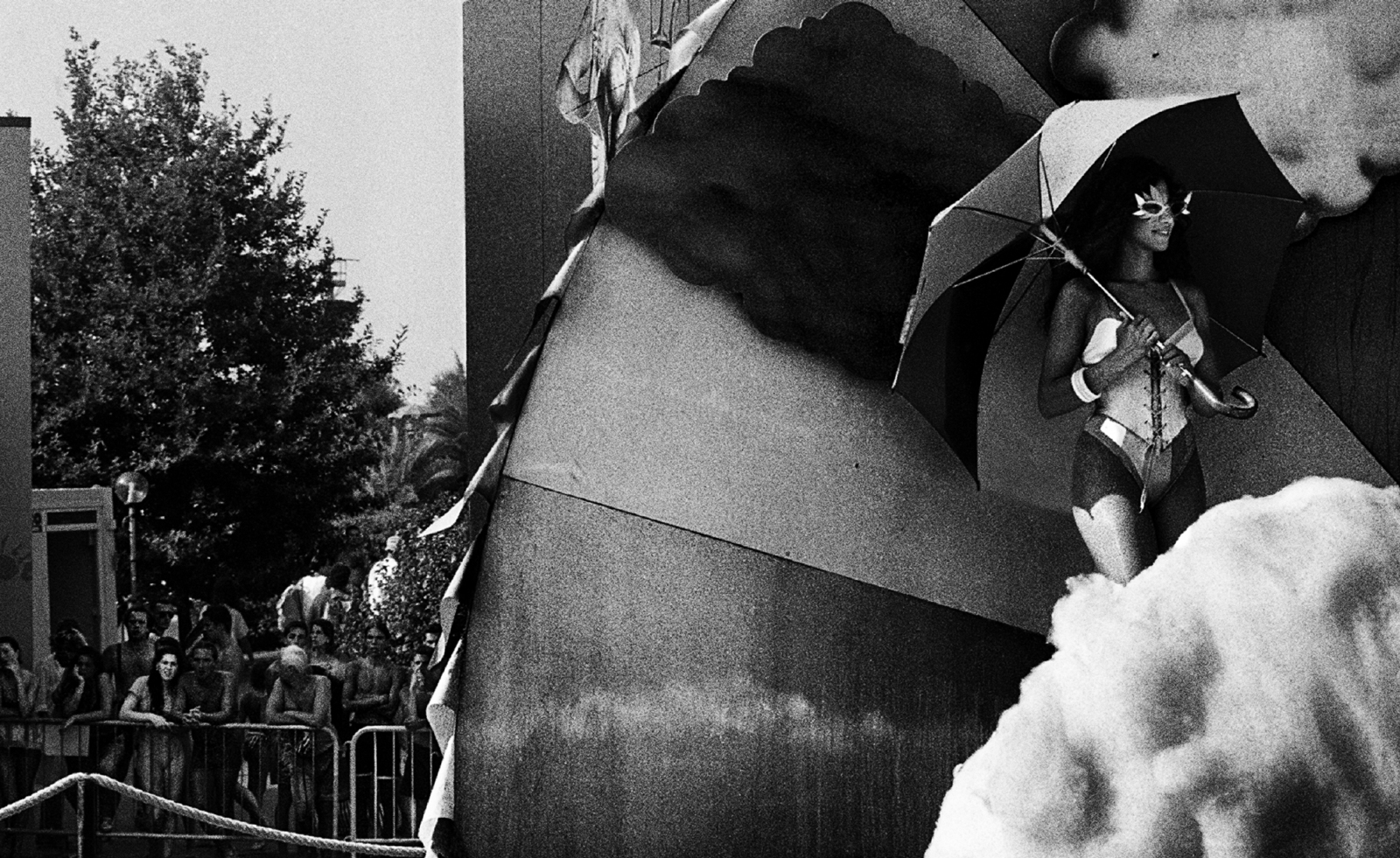
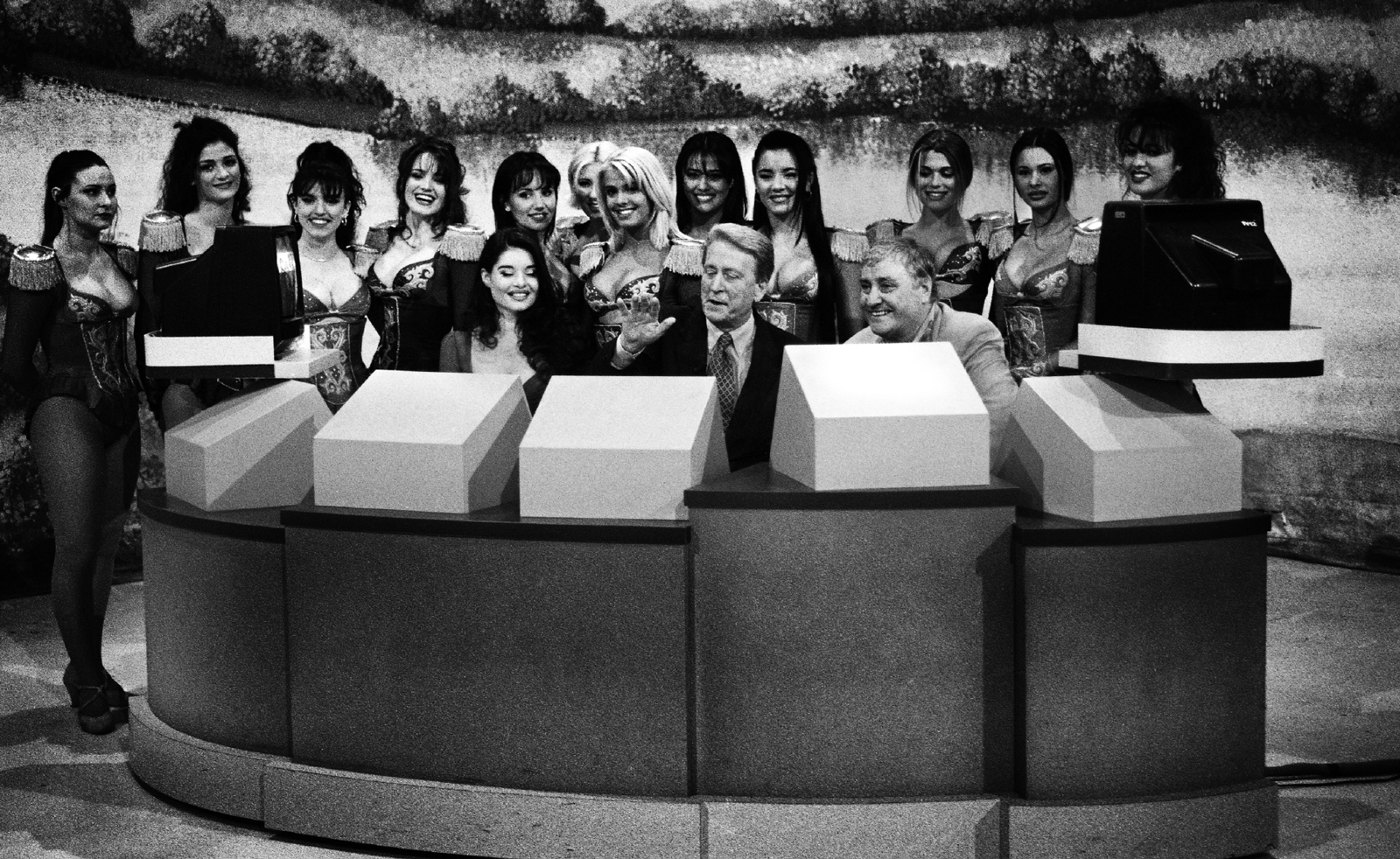
Zoe Whitfield is a London-based writer whose work spans contemporary culture, fashion, art and photography. She has written extensively for international titles including Interview, AnOther, i-D, Dazed and CNN Style, among others.
-
 This cult Los Angeles pop-up restaurant now has a permanent address
This cult Los Angeles pop-up restaurant now has a permanent addressChef Brian Baik’s Corridor 109 makes its permanent debut in Melrose Hill. No surprise, it's now one of the hardest tables in town to book
-
 French bistro restaurant Maset channels the ease of the Mediterranean in London
French bistro restaurant Maset channels the ease of the Mediterranean in LondonThis Marylebone restaurant is shaped by the coastal flavours, materials and rhythms of southern France
-
 How ethical is Google Street View, asks Jon Rafman in Copenhagen
How ethical is Google Street View, asks Jon Rafman in CopenhagenIn 'Report a Concern - the Nine Eyes Archives' at Louisiana Museum of Art, Copenhagen, Jon Rafman considers technology's existential implications
-
 Inside the seductive and mischievous relationship between Paul Thek and Peter Hujar
Inside the seductive and mischievous relationship between Paul Thek and Peter HujarUntil now, little has been known about the deep friendship between artist Thek and photographer Hujar, something set to change with the release of their previously unpublished letters and photographs
-
 Nadia Lee Cohen distils a distant American memory into an unflinching new photo book
Nadia Lee Cohen distils a distant American memory into an unflinching new photo book‘Holy Ohio’ documents the British photographer and filmmaker’s personal journey as she reconnects with distant family and her earliest American memories
-
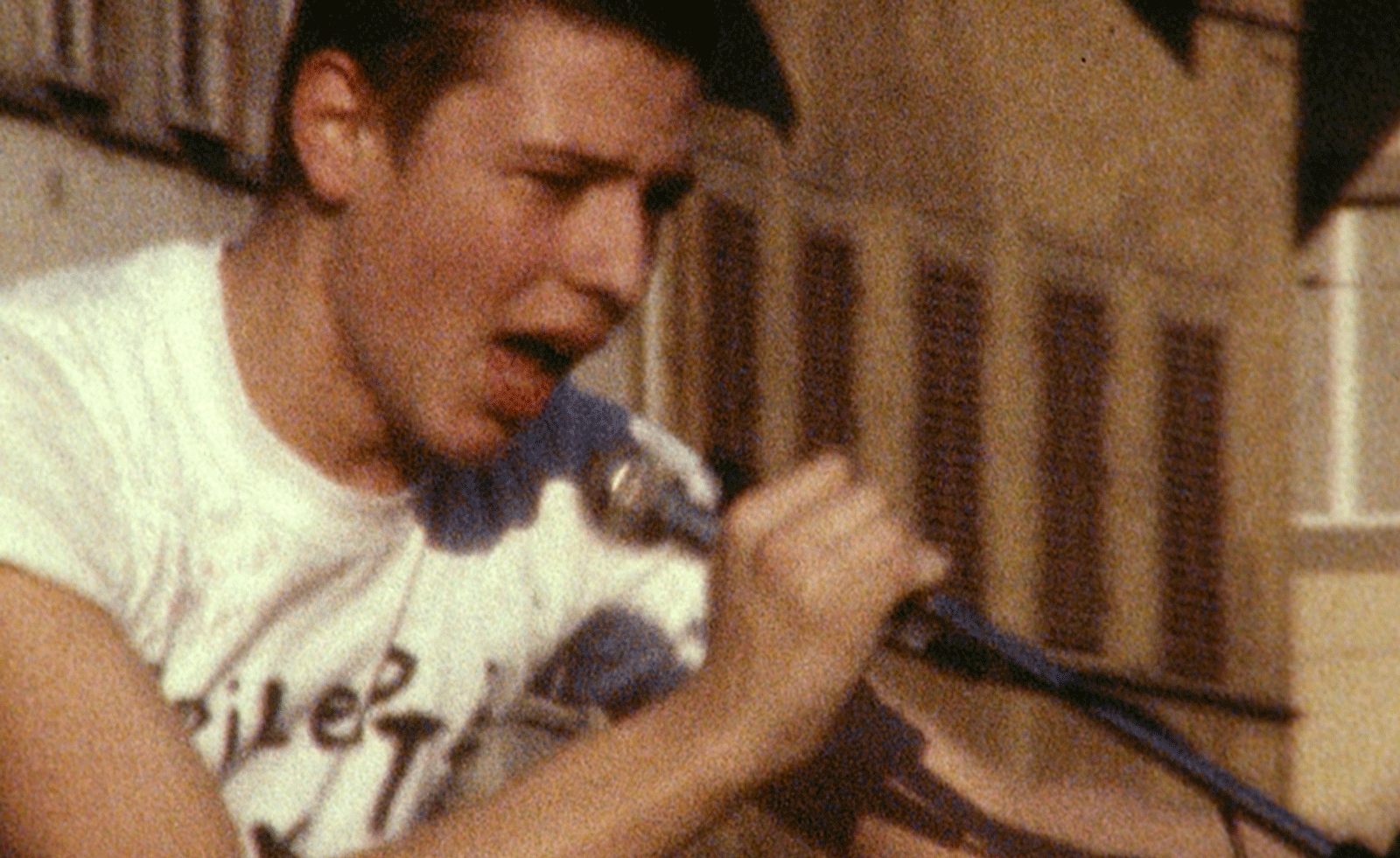 A forgotten history of Italian artists affected by the HIV-AIDS crisis goes on show in Tuscany
A forgotten history of Italian artists affected by the HIV-AIDS crisis goes on show in Tuscany‘Vivono: Art and Feelings, HIV-AIDS in Italy. 1982-1996’, at Centro per l'Arte Contemporanea Luigi Pecci in Prato delves into the conversation around the crisis
-
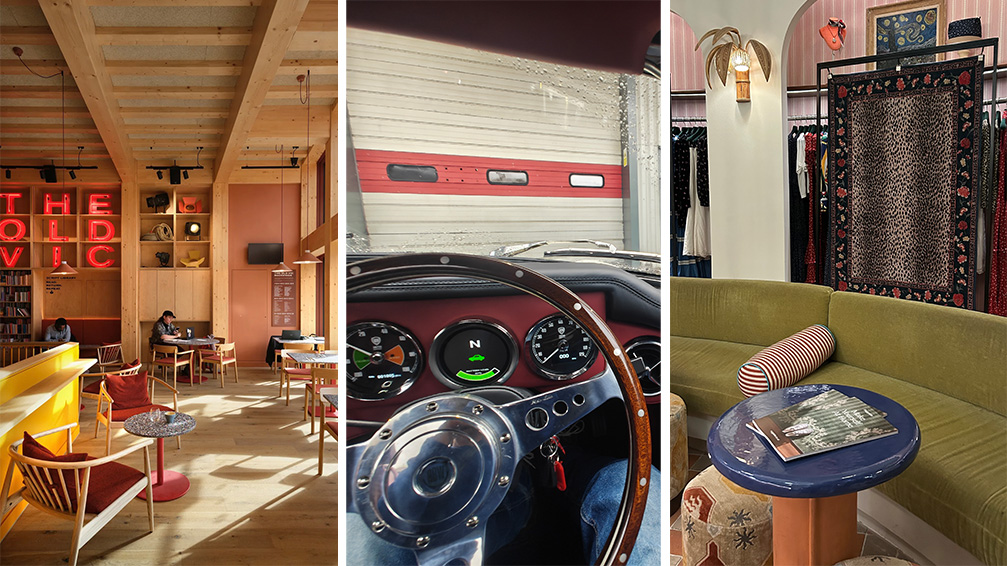 Out of office: The Wallpaper* editors’ picks of the week
Out of office: The Wallpaper* editors’ picks of the weekThe rain is falling, the nights are closing in, and it’s still a bit too early to get excited for Christmas, but this week, the Wallpaper* team brought warmth to the gloom with cosy interiors, good books, and a Hebridean dram
-
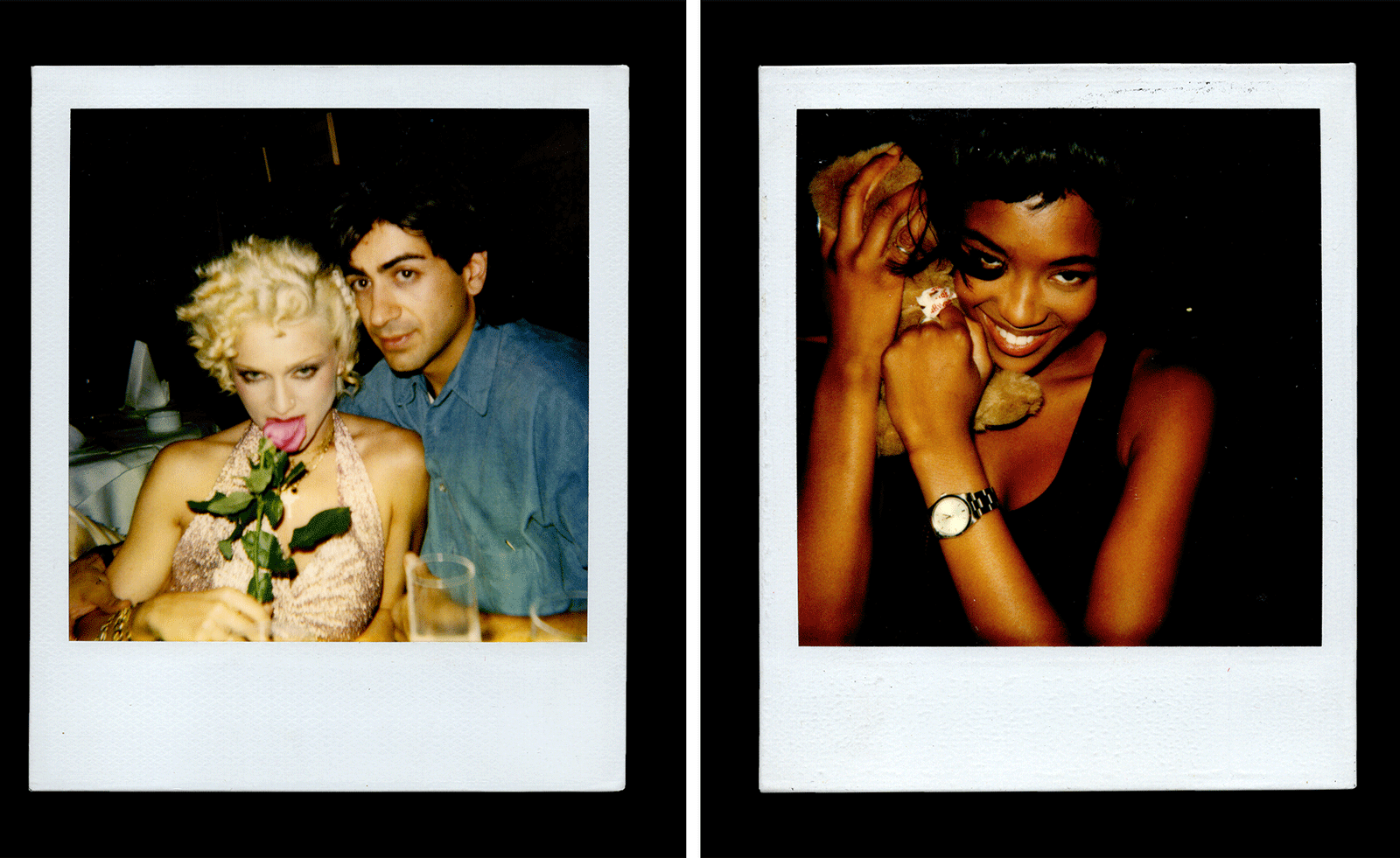 Inside Davé, Polaroids from a little-known Paris hotspot where the A-list played
Inside Davé, Polaroids from a little-known Paris hotspot where the A-list playedChinese restaurant Davé drew in A-list celebrities for three decades. What happened behind closed doors? A new book of Polaroids looks back
-
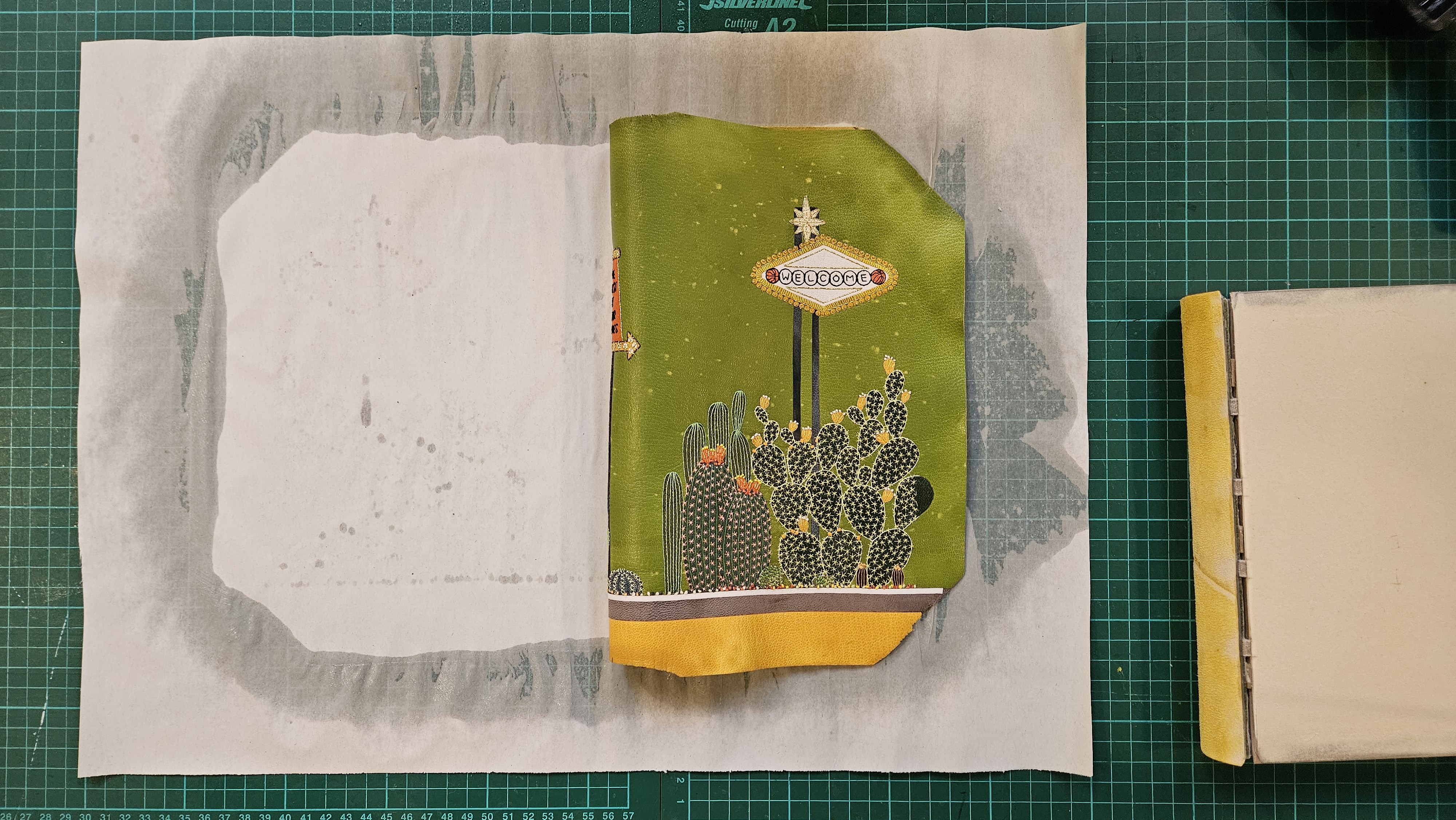 Inside the process of creating the one-of-a-kind book edition gifted to the Booker Prize shortlisted authors
Inside the process of creating the one-of-a-kind book edition gifted to the Booker Prize shortlisted authorsFor over 30 years each work on the Booker Prize shortlist are assigned an artisan bookbinder to produce a one-off edition for the author. We meet one of the artists behind this year’s creations
-
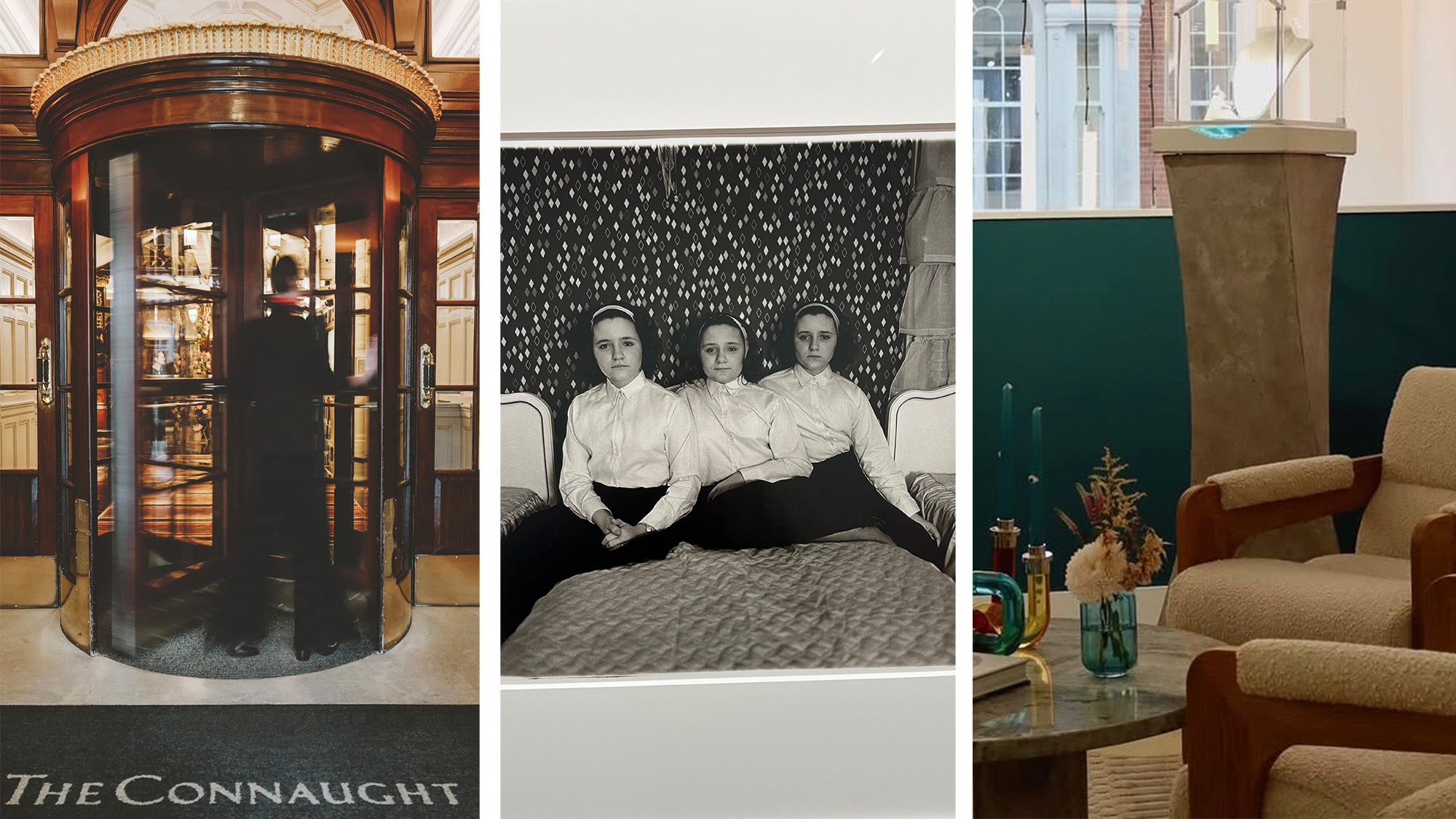 Out of office: The Wallpaper* editors’ picks of the week
Out of office: The Wallpaper* editors’ picks of the weekThis week, the Wallpaper* editors curated a diverse mix of experiences, from meeting diamond entrepreneurs and exploring perfume exhibitions to indulging in the the spectacle of a Middle Eastern Christmas
-
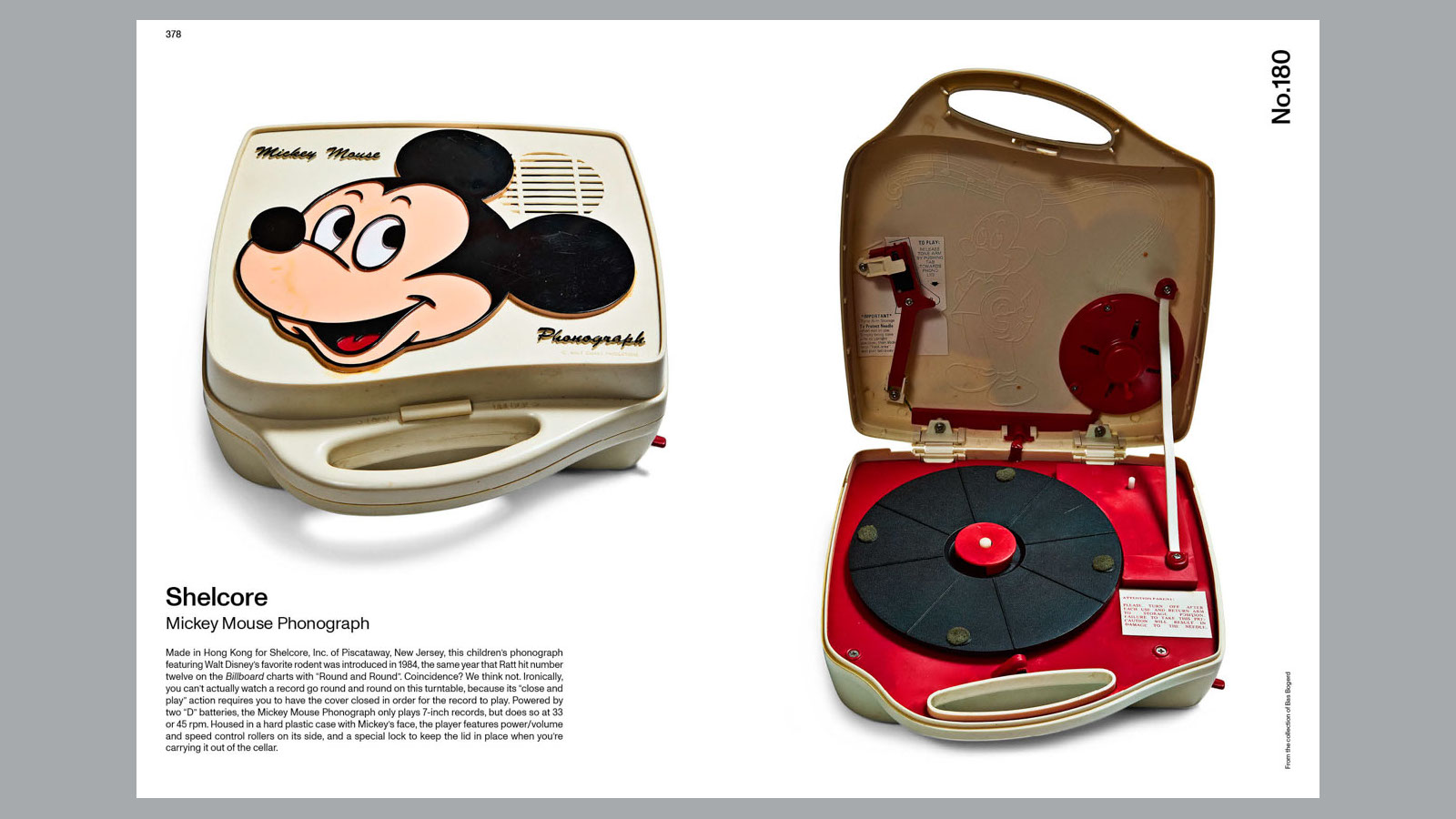 14 of the best new books for music buffs
14 of the best new books for music buffsFrom music-making tech to NME cover stars, portable turntables and the story behind industry legends – new books about the culture and craft of recorded sound